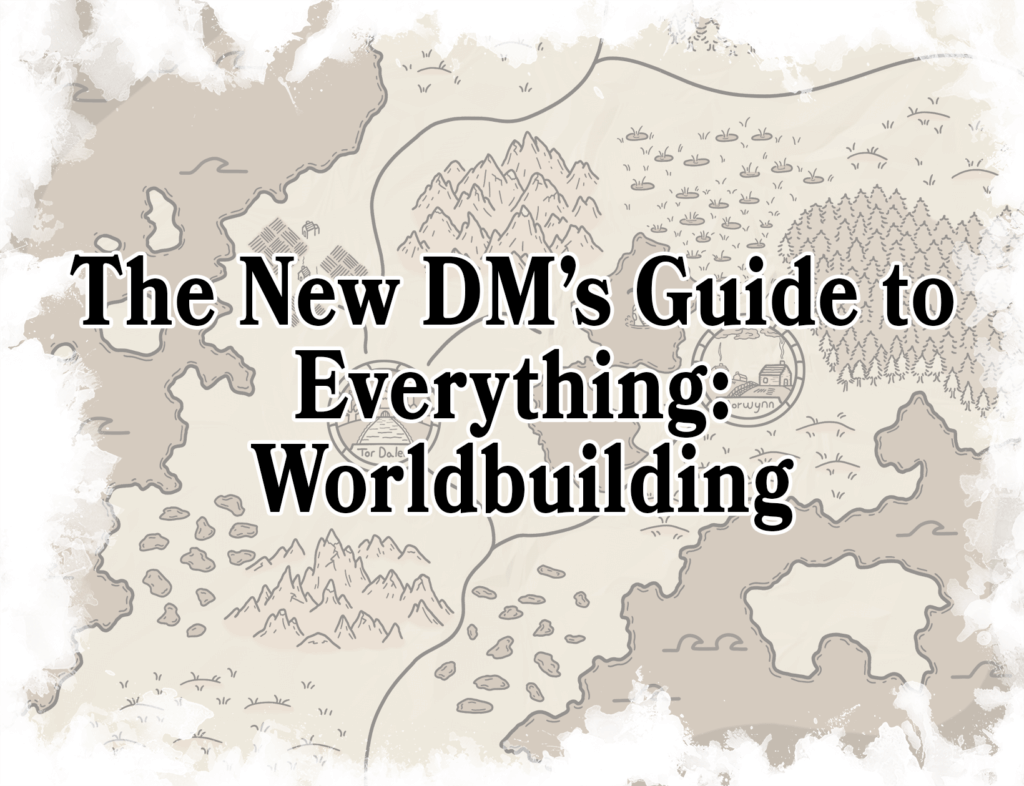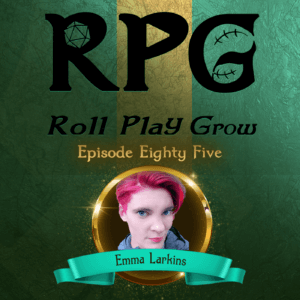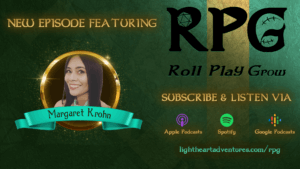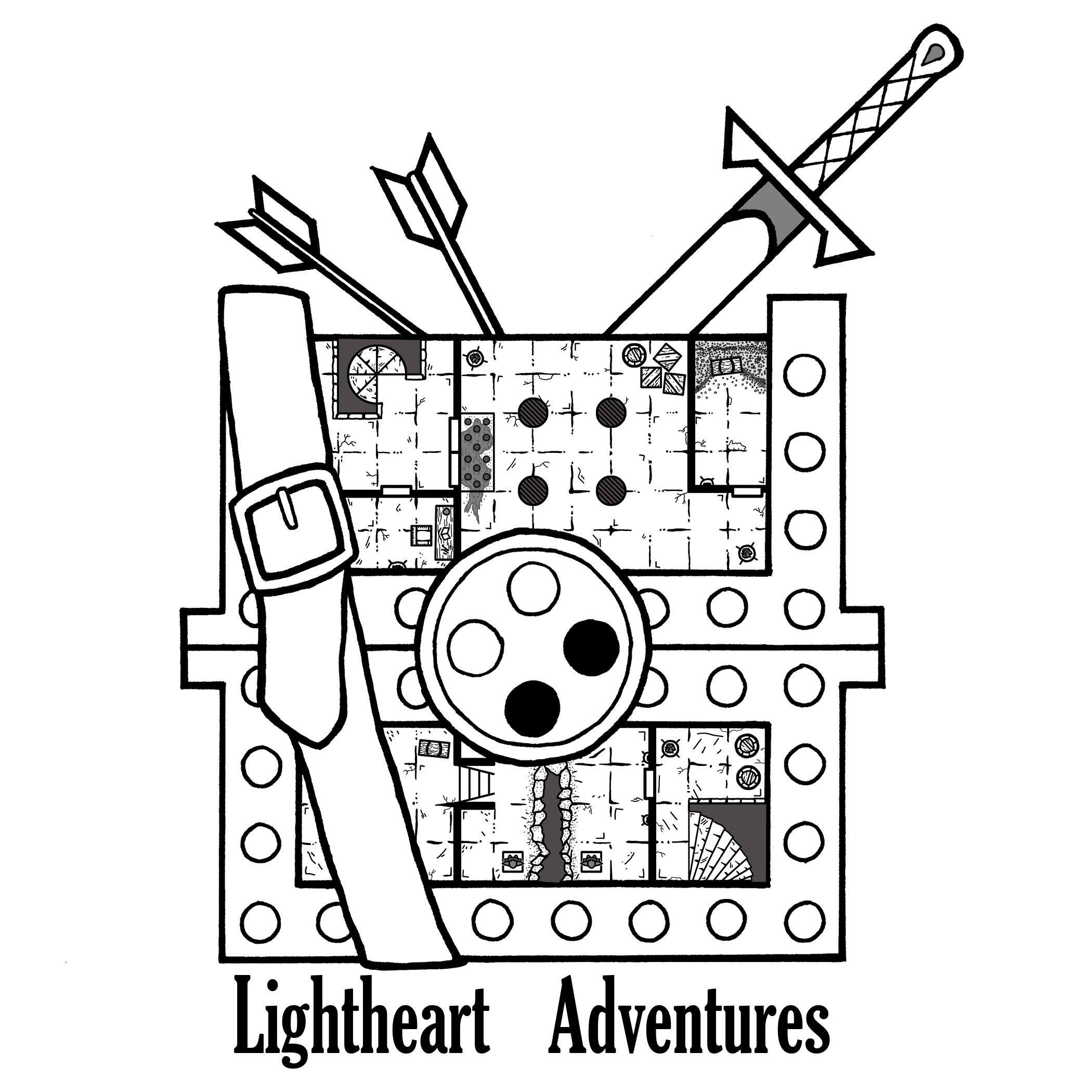Welcome back to our New DM’s Guide to Everything series! Previously, we talked about getting started and how to help your players stay comfortable. This week, we’re going to dive into Worldbuilding for TTRPGS!
Making a world of your own takes quite a bit of preparation and forethought. Will you need to build up a continent miles away if the action takes place in one city? What’s the terrain like outside the city walls? Who owns and operates the magic shop in town? What happens if you write a novel about a neighboring town, but then the adventurers never once go there? I touched on creating your world briefly during our getting started post, but I feel it’s time today to dive into even more depth around worldbuilding for TTRPGs.
Be sure to check out our other DM’s Guide to Everything posts:
Starting from Scratch
Geography
Chances are, if you’re making your own world, you already have an idea of the kind of story you want to tell. Even a simple thesis sentence of “Evil Monarch plots to kill fated ones threatening their rule” tells us plenty about the world. We’ve got a monarch? Okay, there’s a decent-sized kingdom involved, maybe two. Fated ones from humble beginnings? At least two to three smaller towns are needed, depending on the players’ backgrounds. Knowing about the plot ahead of time tells us some of what we need for the surrounding land. If you want to add an element of randomness to the design, use the dice method:
The Dice Method
Need some new dice? Check out some of our favorites over at Dice Envy! Use code lightheartadv for 10% off your order.
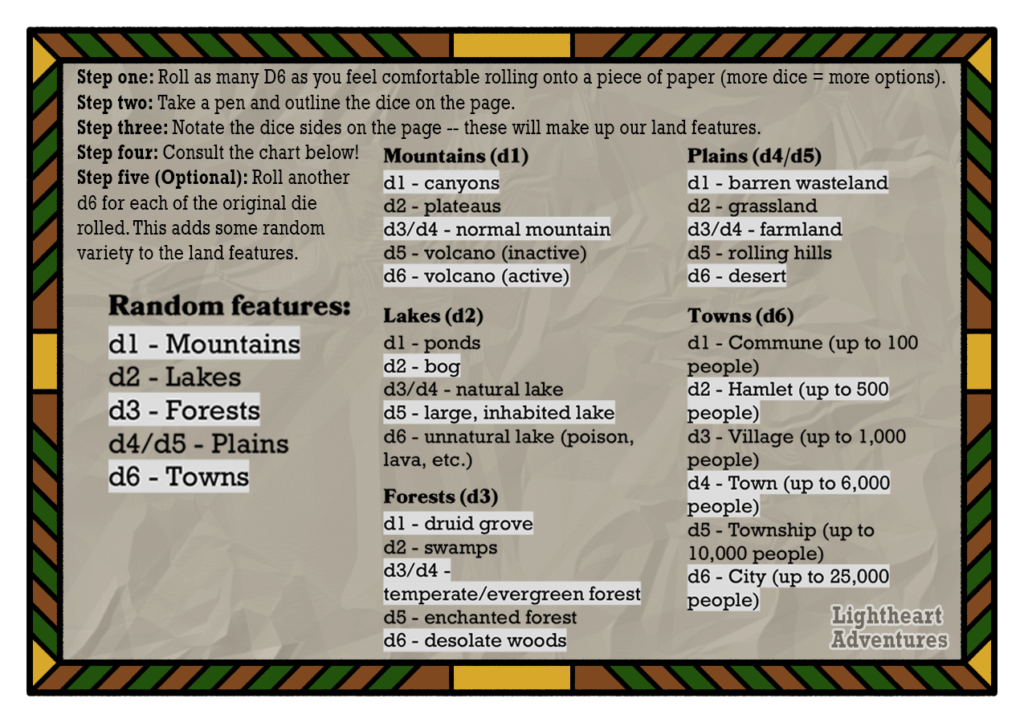
Here’s what my dice rollout turned into:
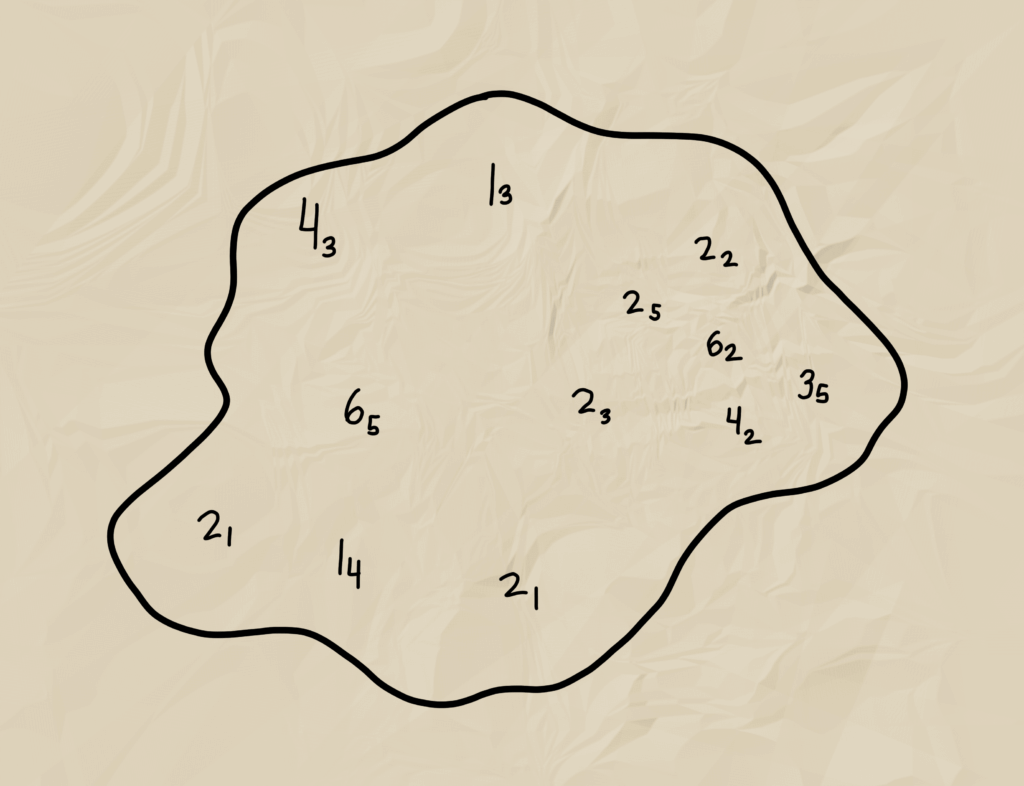
From here we’ve got a pretty nice beginning island/kingdom/continent and we can tweak it further if necessary. If a particular roll doesn’t make sense with the surroundings (like 5 towns clustered around each other), feel free to change the die by hand or reroll it.
History
Let’s say that there was a magical revolution in the past that allowed the evil monarch to take control. It could be common knowledge who took part in the coup, perhaps from two different factions, but you only need to write about a handful of inciting individuals–even fewer if the event happened long ago and not many people from that time still live! These characters don’t need full-on character sheets worth full of backstory: only a few necessary details. Maybe a player decides that their character belongs to the nobility — one that ties in with the warring factions. It’s easier to alter an ambiguous plot thread later on if you haven’t written a 2-page backstory before. Try not to bog yourself down with convoluted specifics, and you’ll save yourself time for more important developments.
The Starting Area
Let’s start with a village of about 500 people. Flesh out places the adventurers are going to want to visit, such as the tavern, the blacksmith, and magic shop. Give the NPCs running these places 1-2 bonds or ideals from the Player’s Handbook, as well as a personal secret. Maybe the Half-orc bartender has a bounty on his head from a botched kidnapping from years before, or the captain of the guard leaves town once a fortnight to spend an evening in a dark glade deep in the woods. Little touches like this might never be seen, but if the players discover one, it’ll feel like you’ve done ten times the work.
I recommend developing a few major locations within the town. Here’s a few thought-provoking questions to get the ball rolling:
- Who rules the town? Are they loved or feared?
- What kind of authority protects the town? Do they look kindly on adventurers?
- Where does the town get most of their resources? Do they import from other places or grow/make it themselves?
- Why would the town need adventurers? Is there any cause of unrest with the locals?
- Which bar is the local favorite? Do they offer beds as well as libation?
- How do most travelers reach the town? By road, boat, or something else?
Another tip is to create a “roster” of random NPCs that you can insert into random spots as needed. Rather than dedicate time coming up with 20 different characters that fit into specific locations, spend an afternoon writing 10-15 short “character blurbs”. I occasionally use this NPC generator to help form ideas for random NPCs if I’m pressed for time. This alleviates some stress of creating characters on the fly if the adventurers explore an area you hadn’t prepared yet.
We’ve got people and a few buildings, but what’s outside the walls? Going by the map we created earlier, there’s two lakes, a bog, and grassland. Not exactly the most hospitable landscape. Much like the NPC roster, I like to think up 2-3 possible encounters that the adventurers might have if they wander around the landscape. It’s possible a farmstead to the southeast is constantly attacked by denizens of the enchanted forest, requiring the aid of adventurers. Or the town’s herbalist needs a specific mushroom that grows deep within the bog. Whatever the case may be, having a few not-quite-developed story ideas in your playbook will help in case the players want to explore.
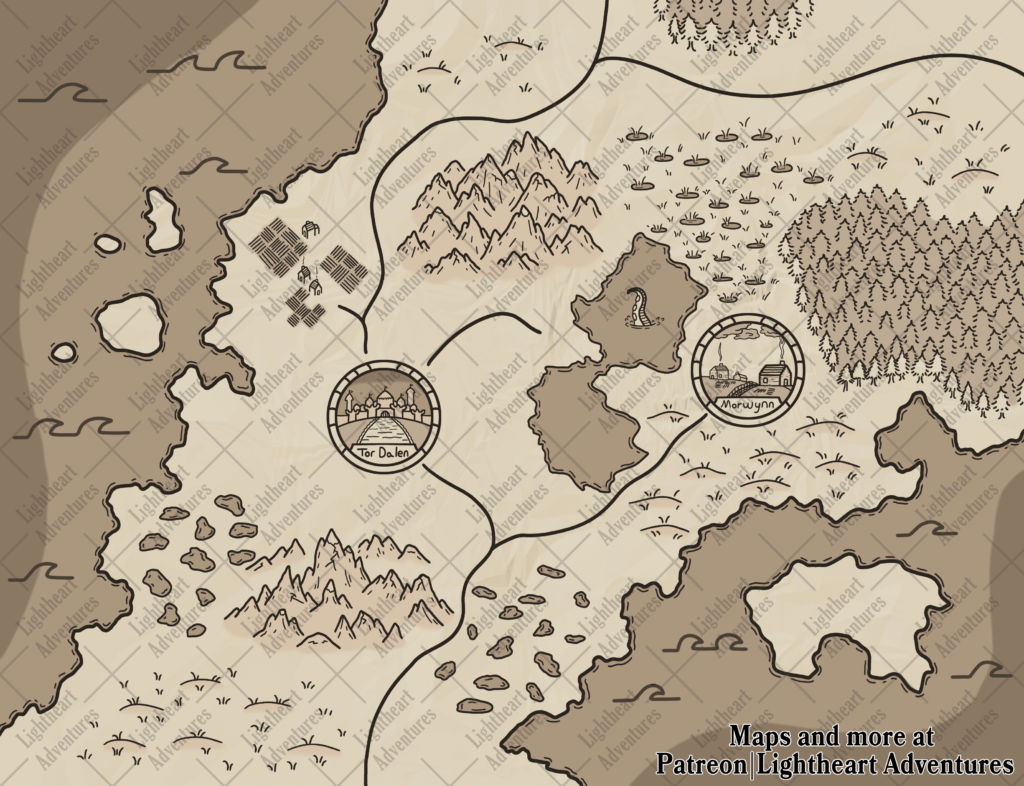
Adapting Resources
If you’re like me, you may start with the intention of writing a huge open-world backstory, but playing weekly (or even monthly) takes up too much of your schedule. I eventually adapted my D&D campaign to take place within the Forgotten Realms storyline, which granted me a wealth of pre-written world info. There’s no shame in taking ideas or areas and adapting them for your campaigns, especially if you’re more familiar with the content ahead of time. Most players can suspend their disbelief that a town now exists between two major cities when there wasn’t one before. Pre-established lore also helps flesh out encounters and story beats, especially if your campaign takes place concurrently with notable events. Having an important NPC drop in during a session can be a huge surprise for players as well. Done right, integrating pre-written material can make a homebrew campaign truly memorable.
That does it for my whirlwind approach to beginner worldbuilding for TTRPGs! Just remember to be flexible with your writing, since one crazy party of adventurers can take you places you never thought to explore. Check out our Worldbuilding Part 2 post: Encounter ideas for your TTRPG map.
Thanks for dropping by! We would love to know how your first gaming session goes, so please drop a comment here on the blog, on Twitter, Facebook, Instagram, or Discord to let us know how it went! If you’d like access to more maps and content, including downloadable PDFs of our adventures, check out our Patreon. We’re able to do what we do because of all our amazing Patrons!

